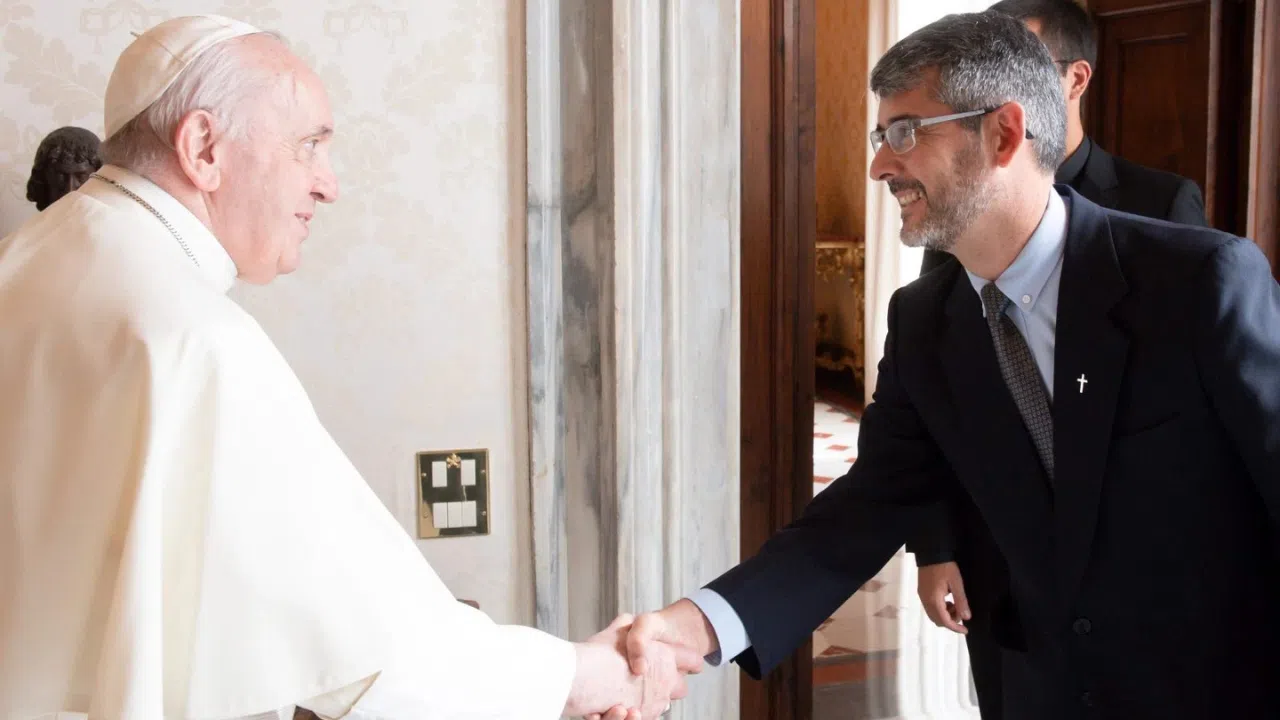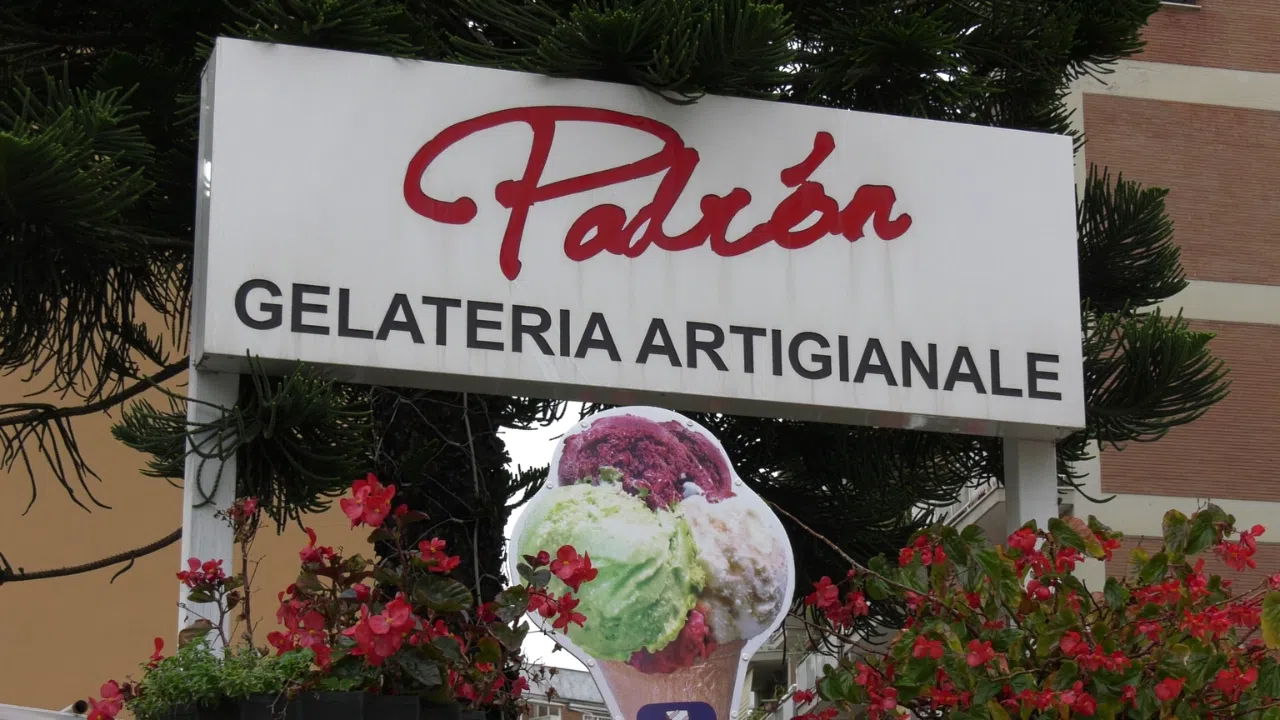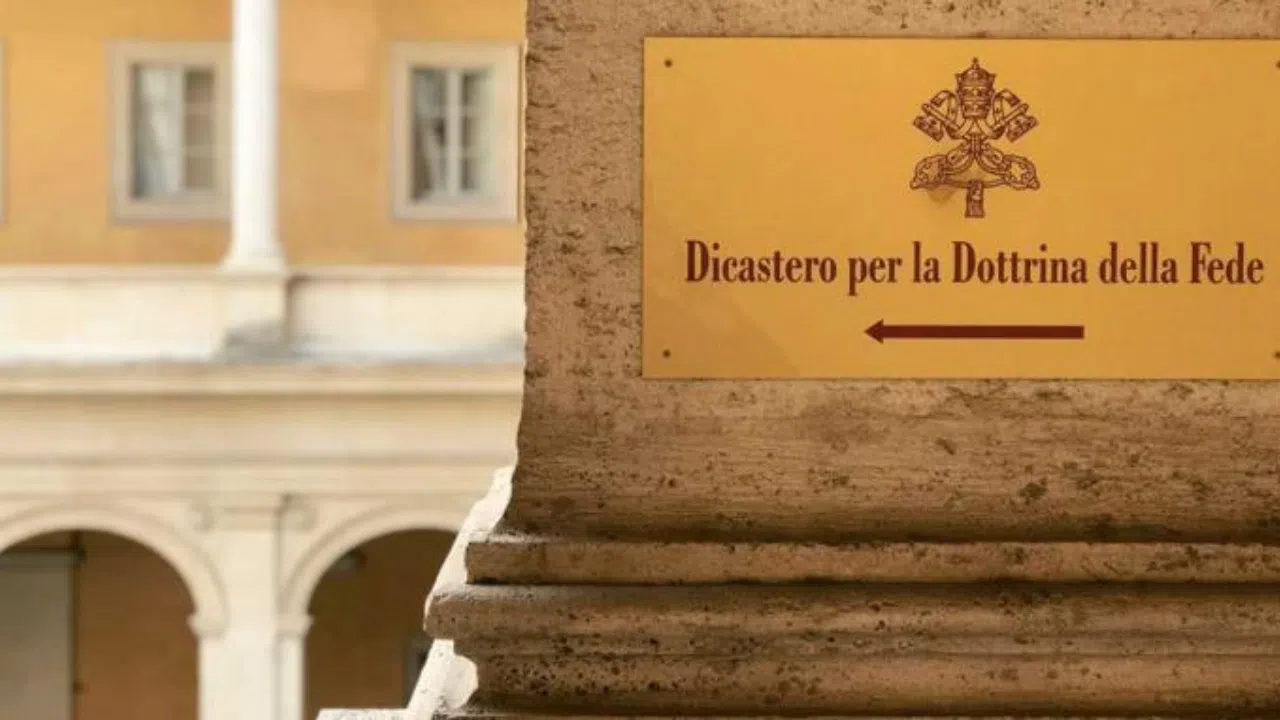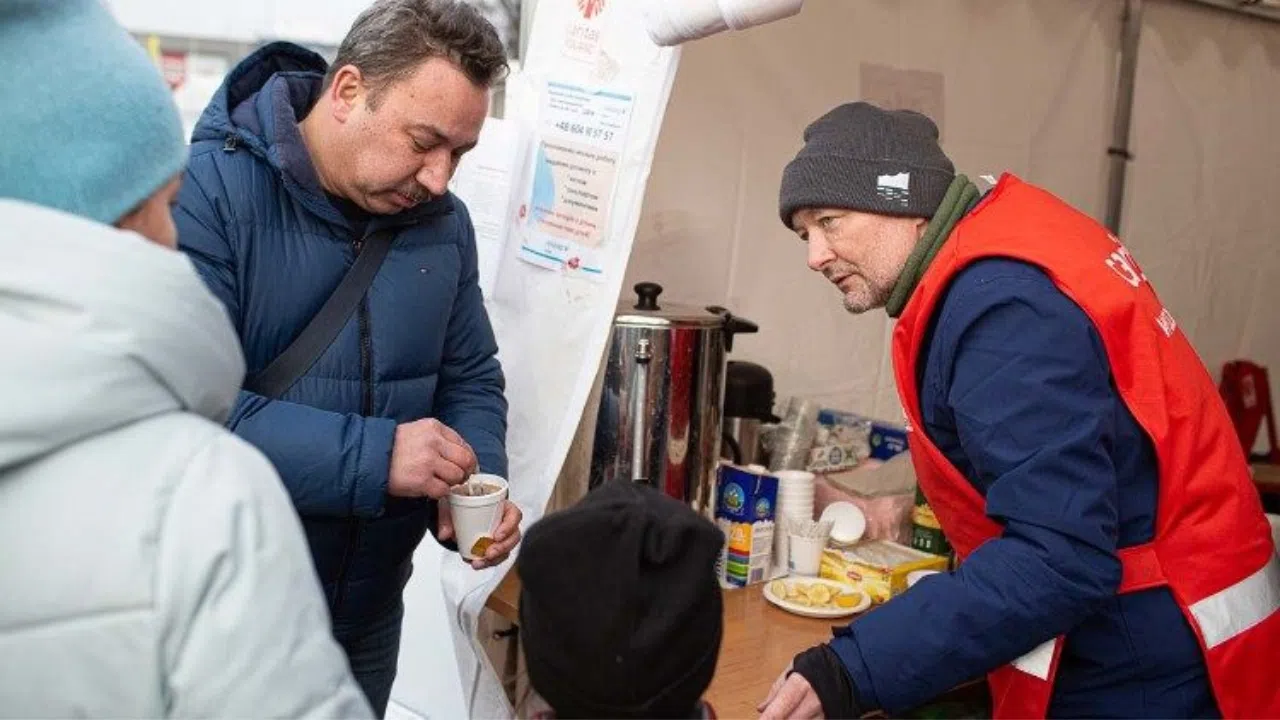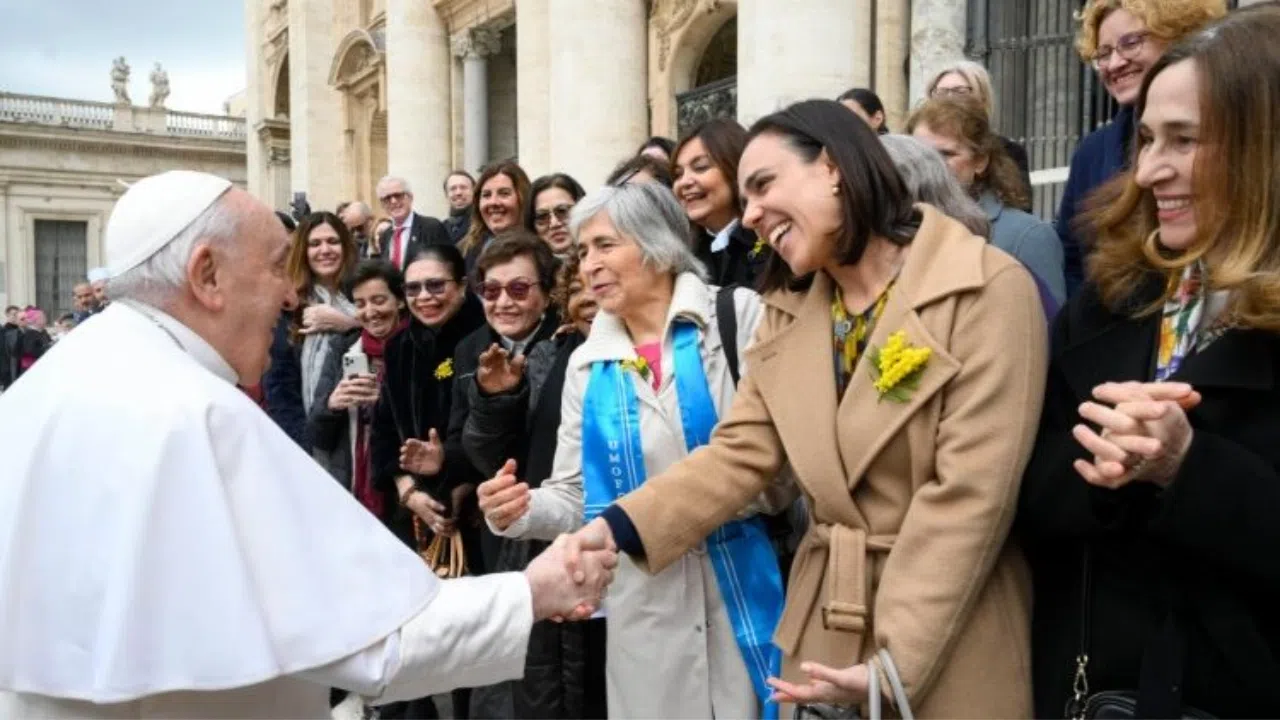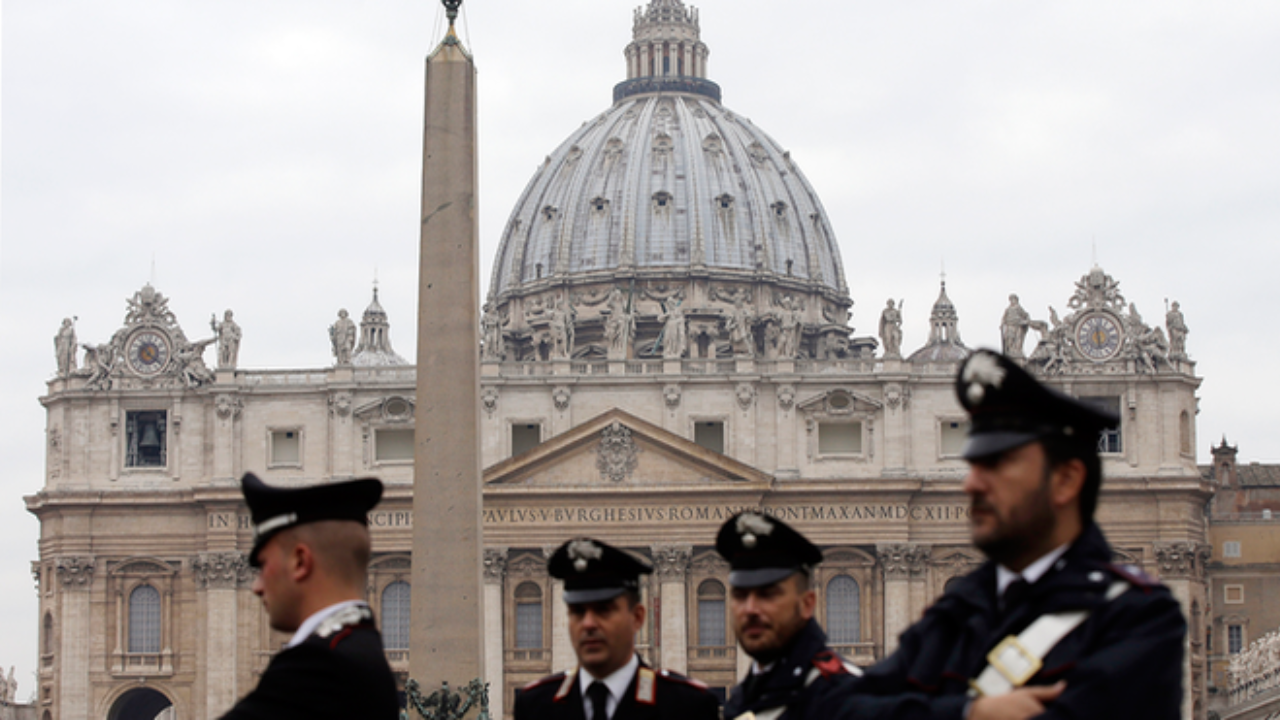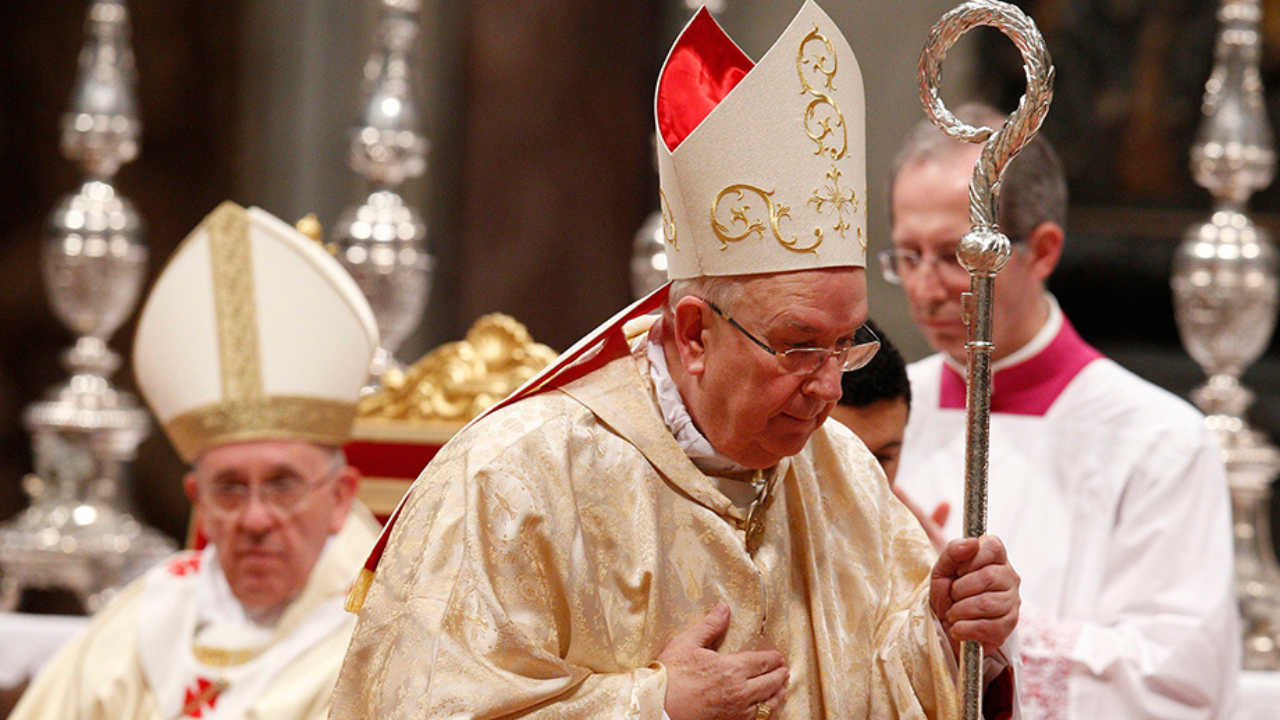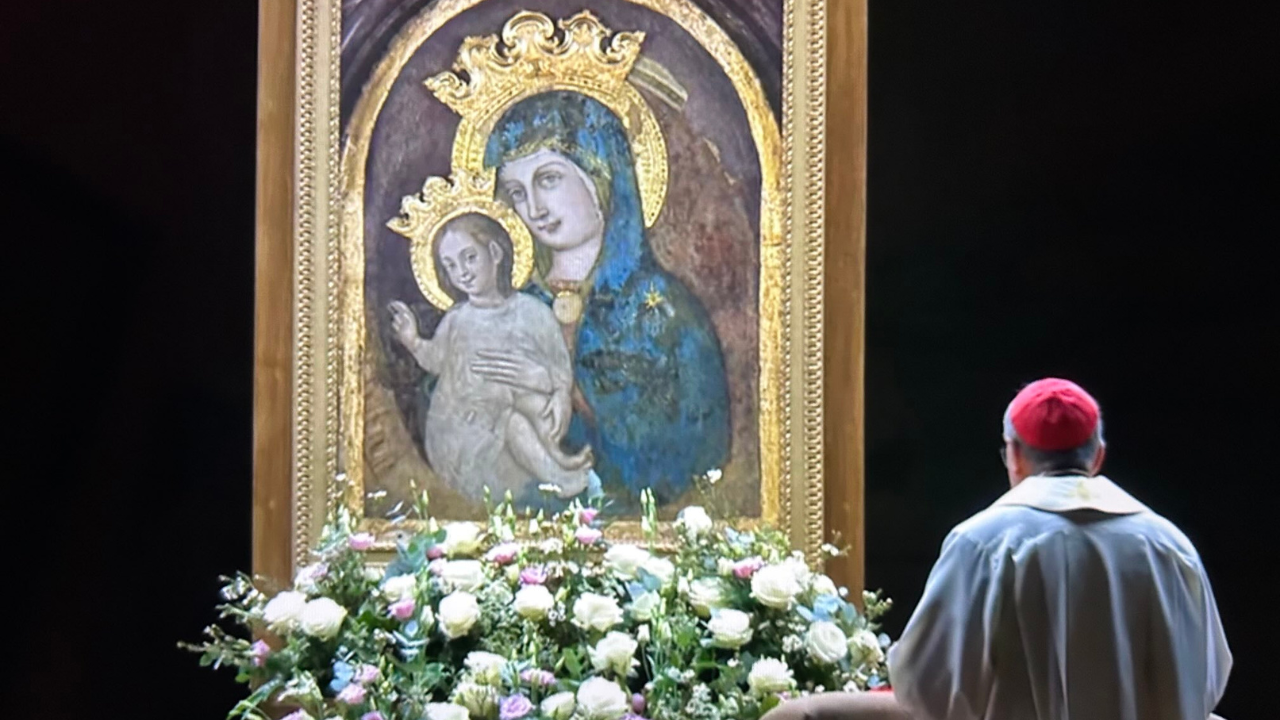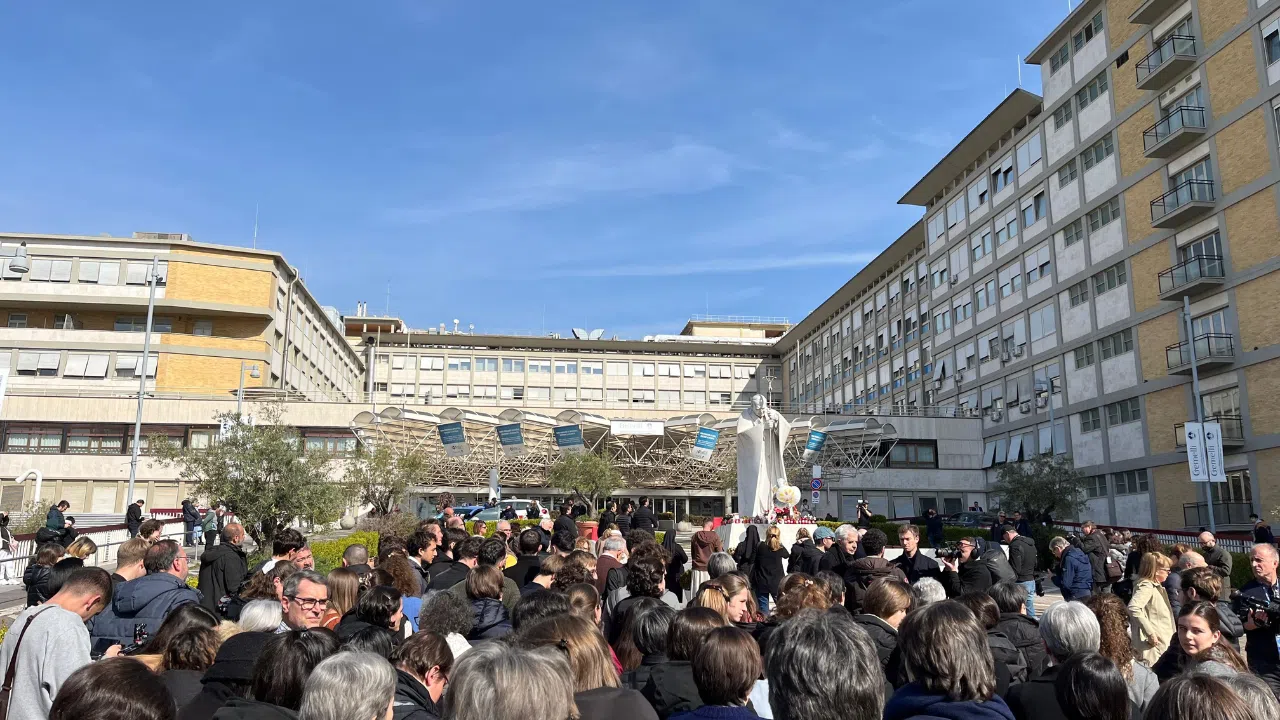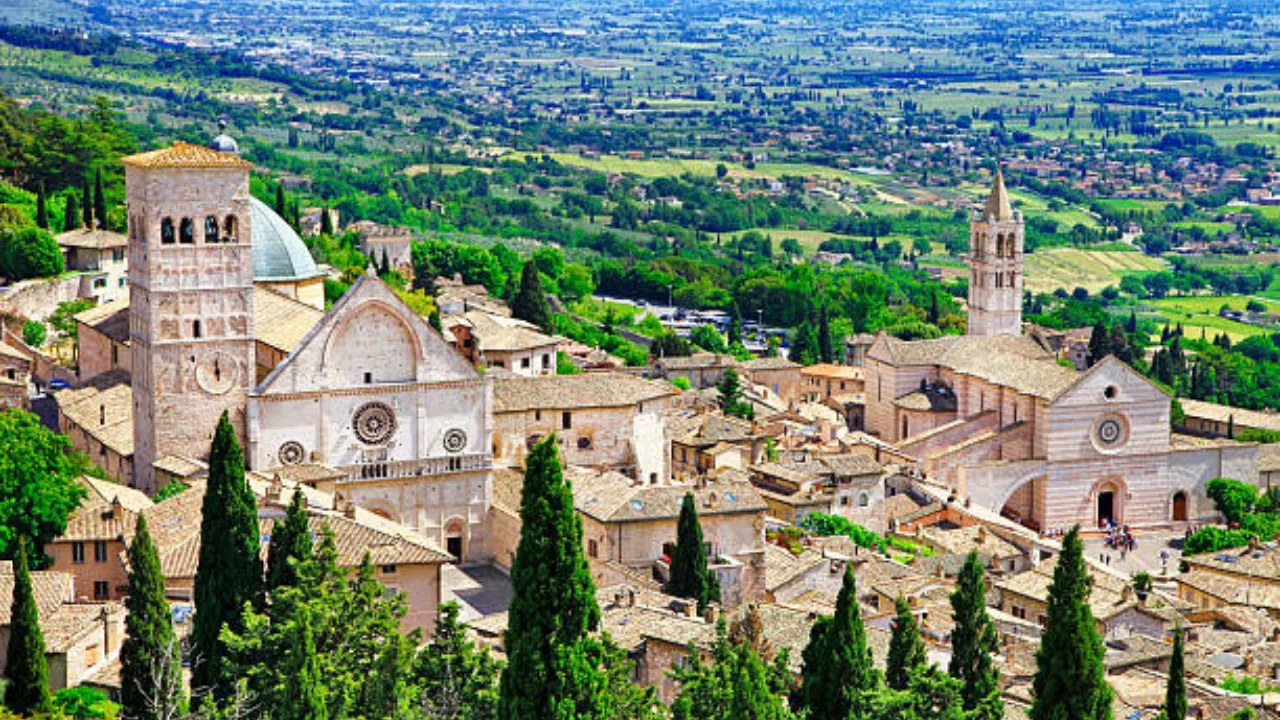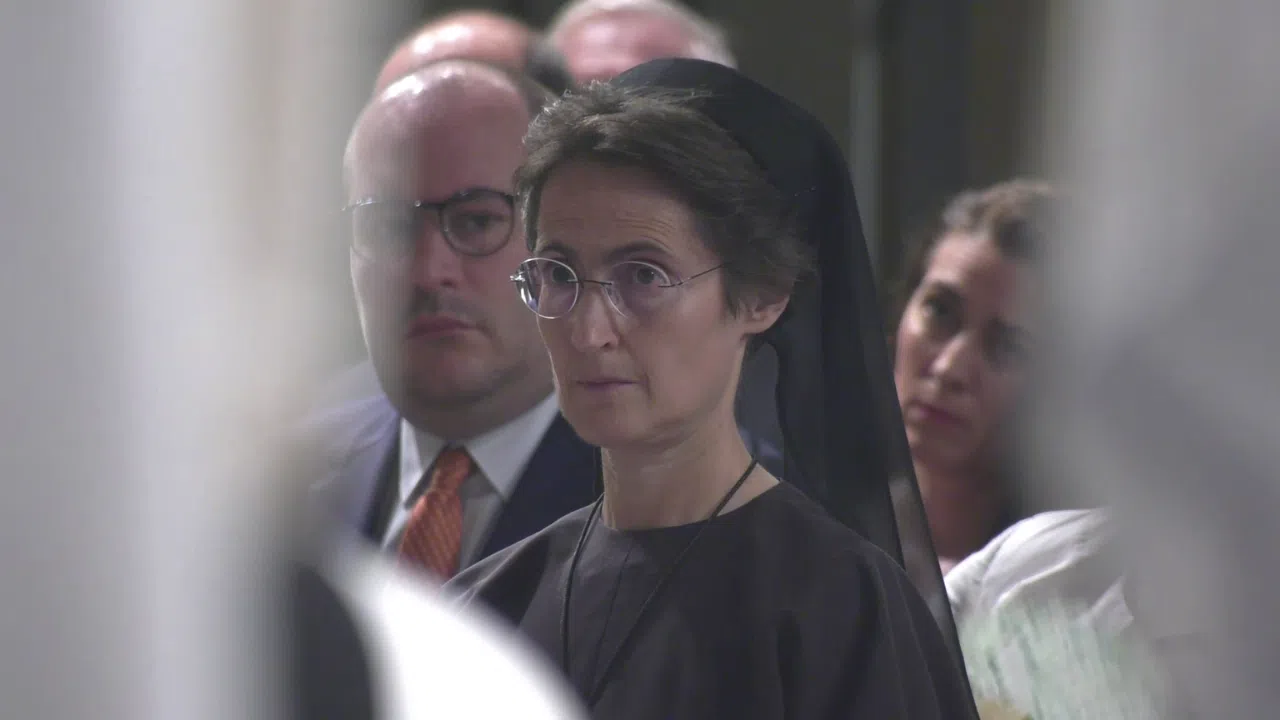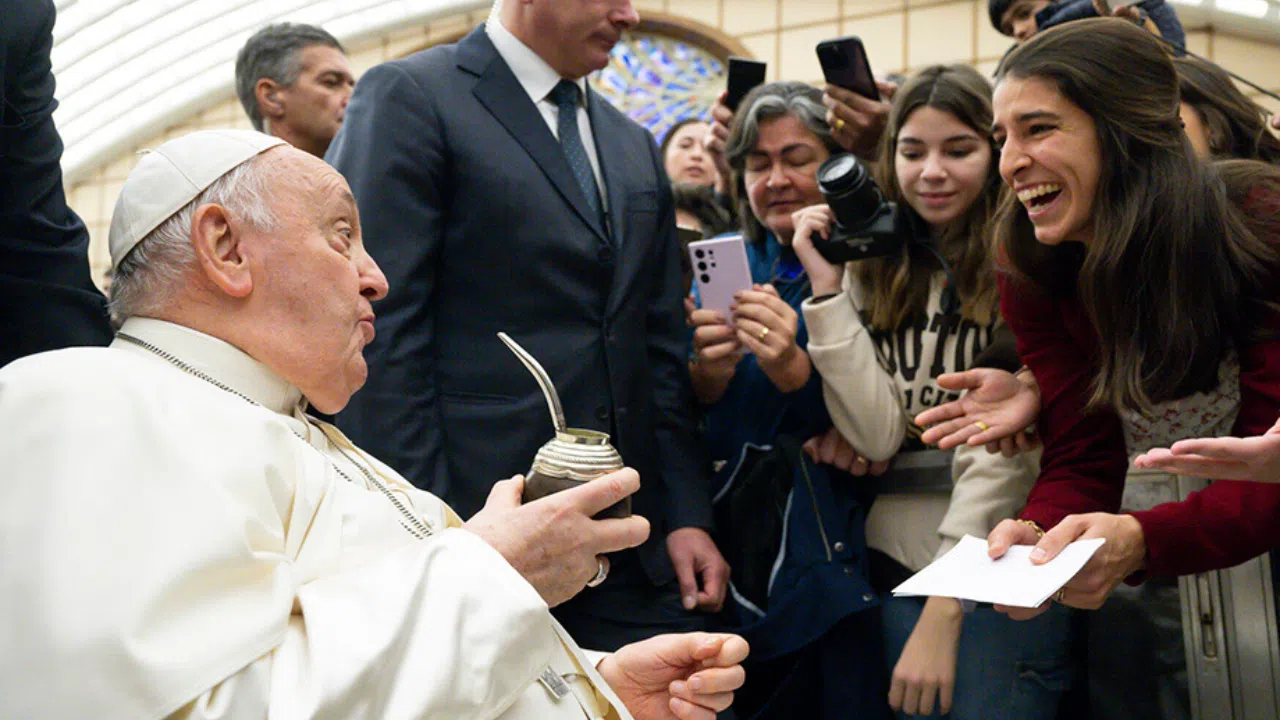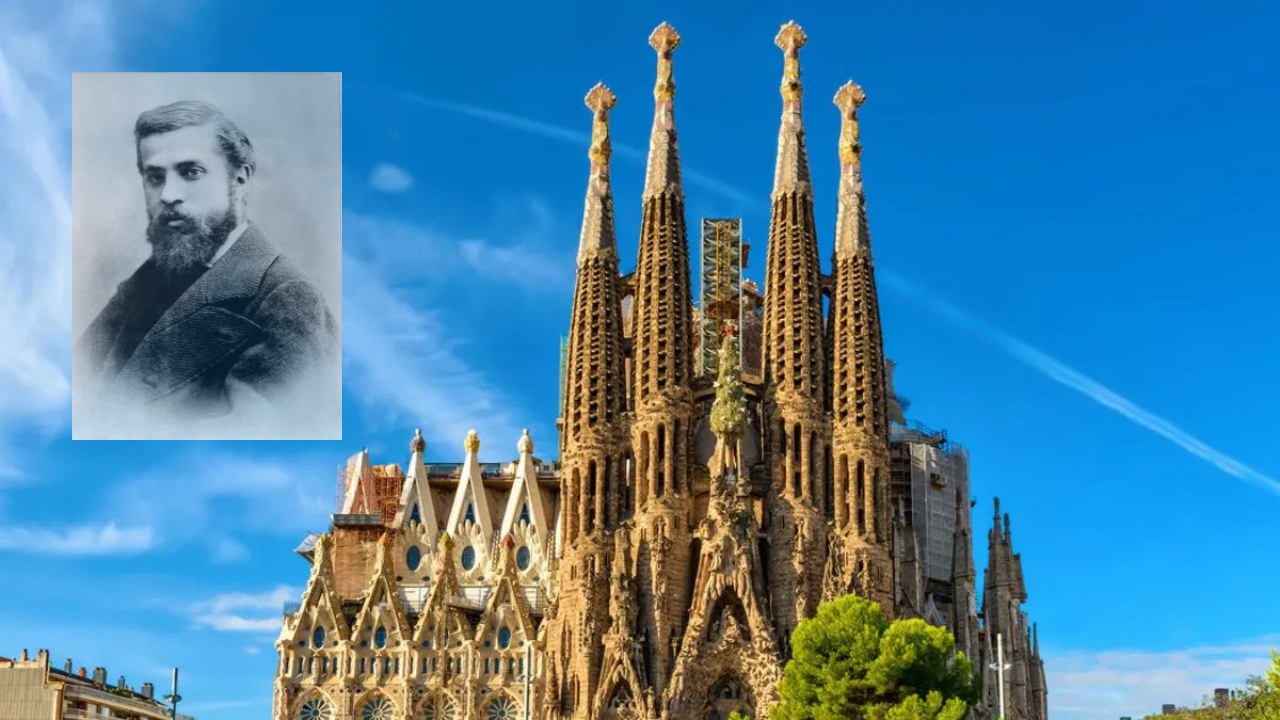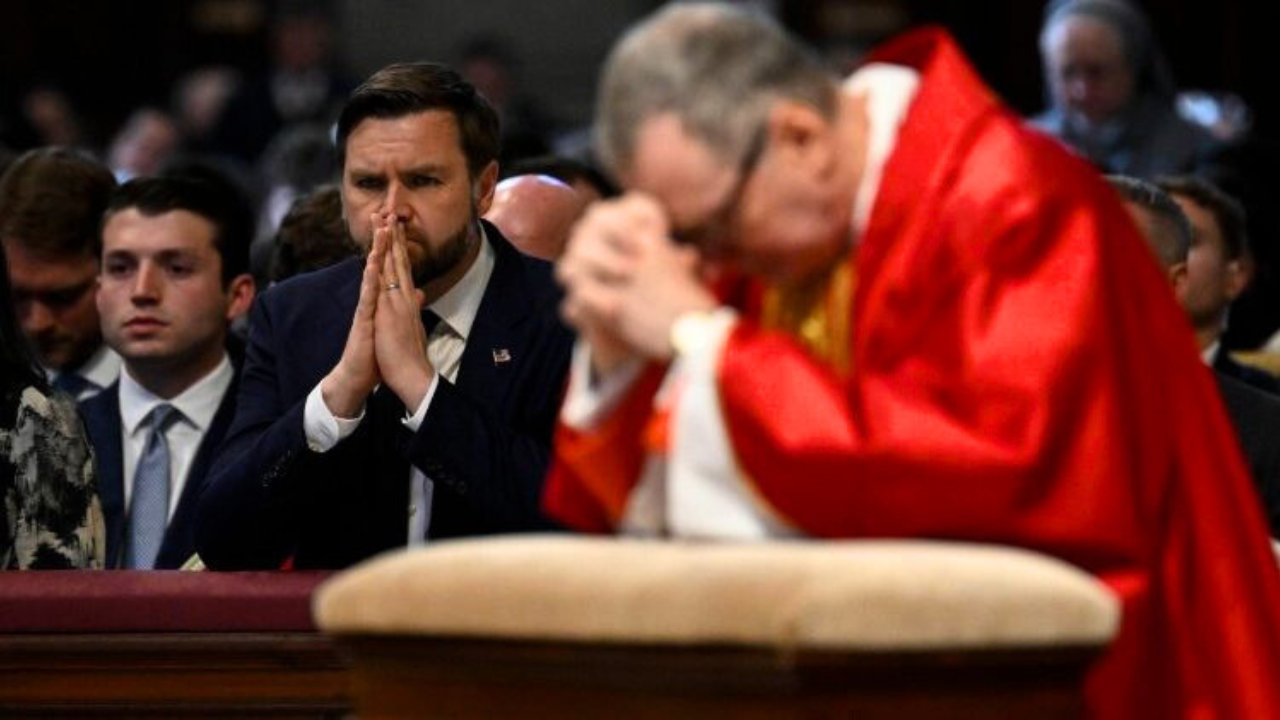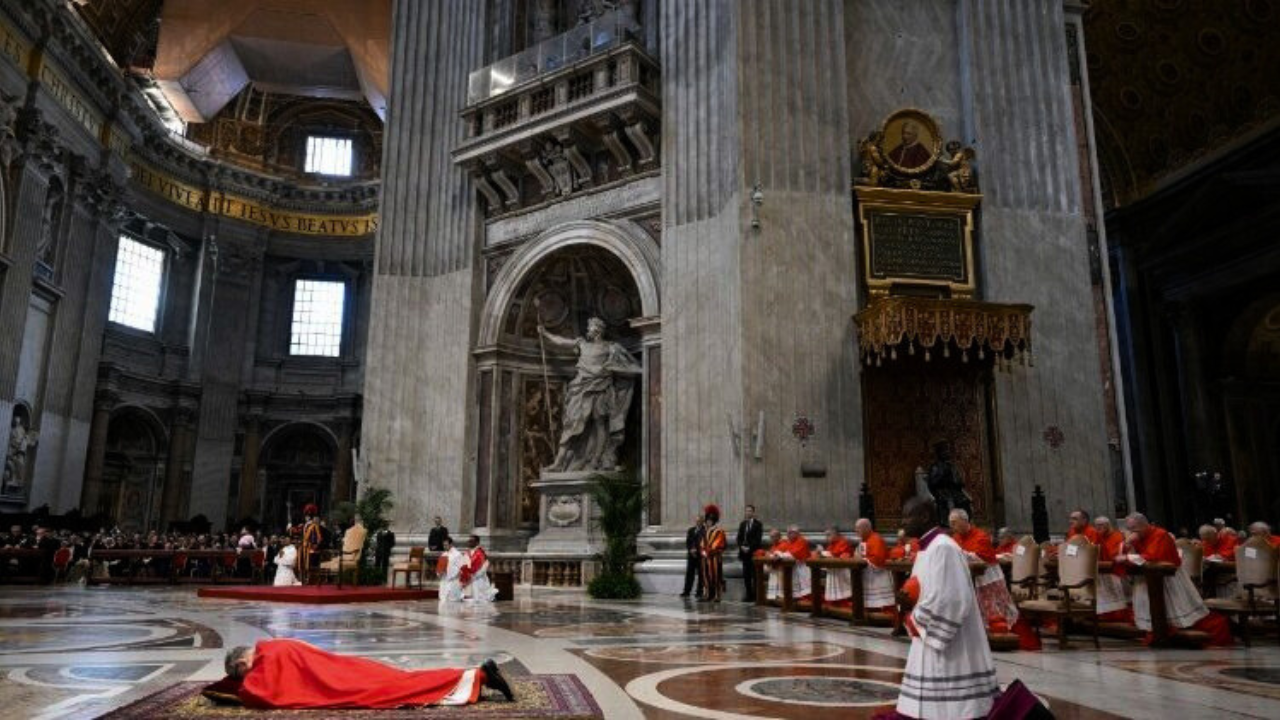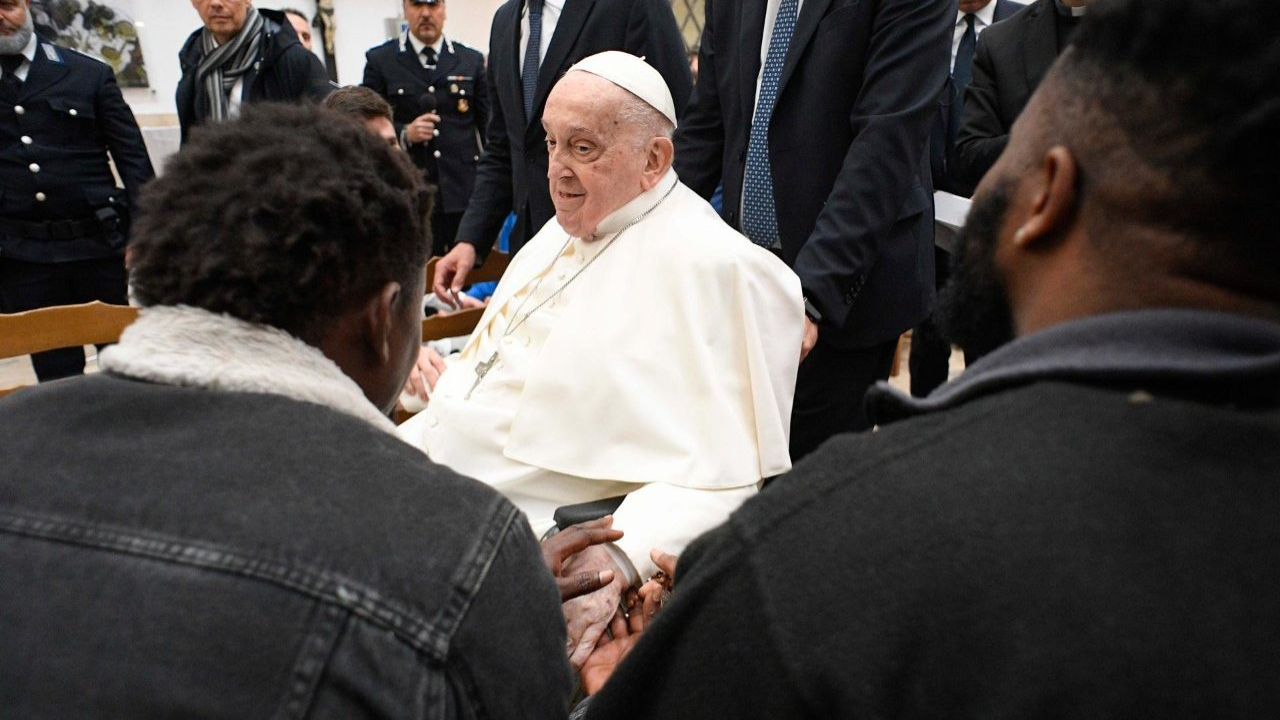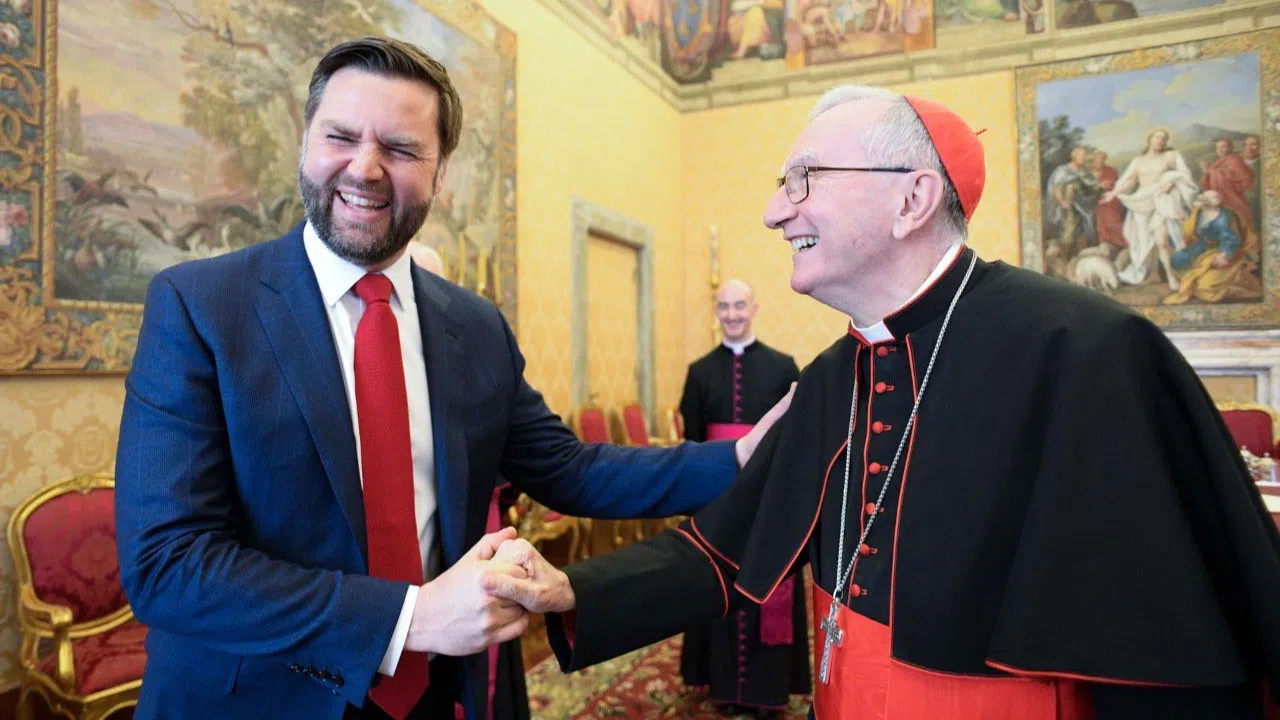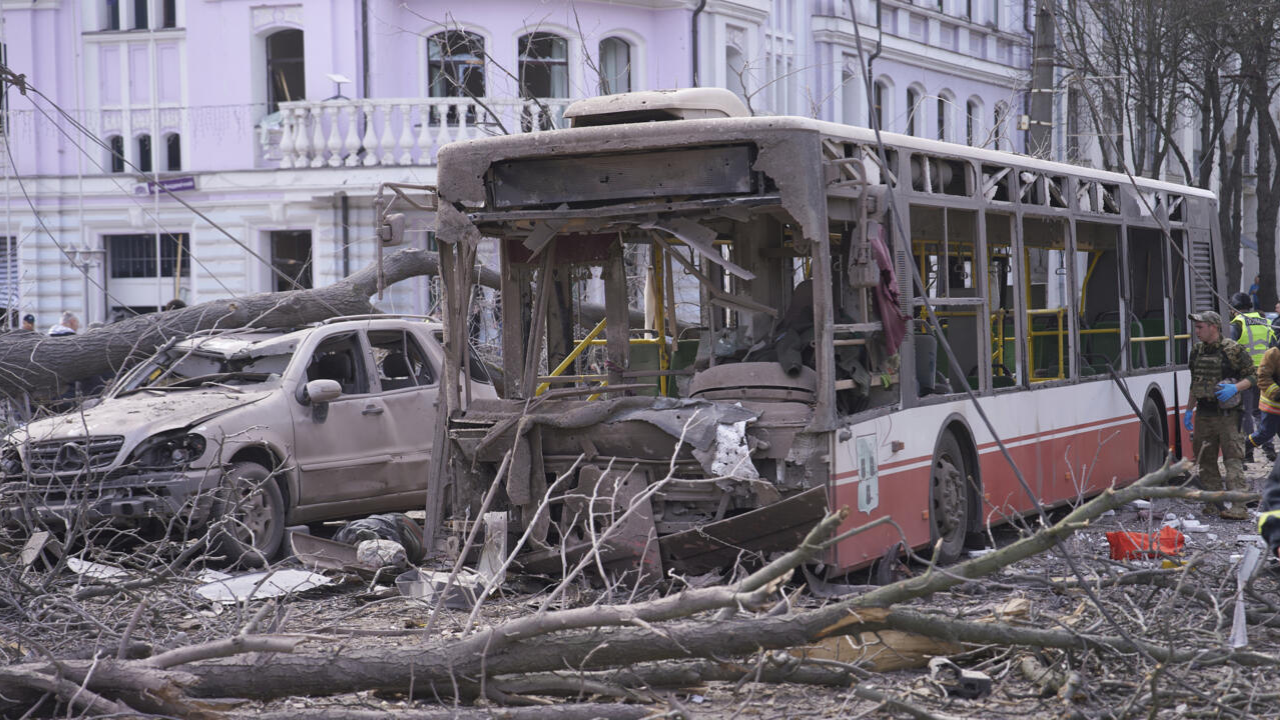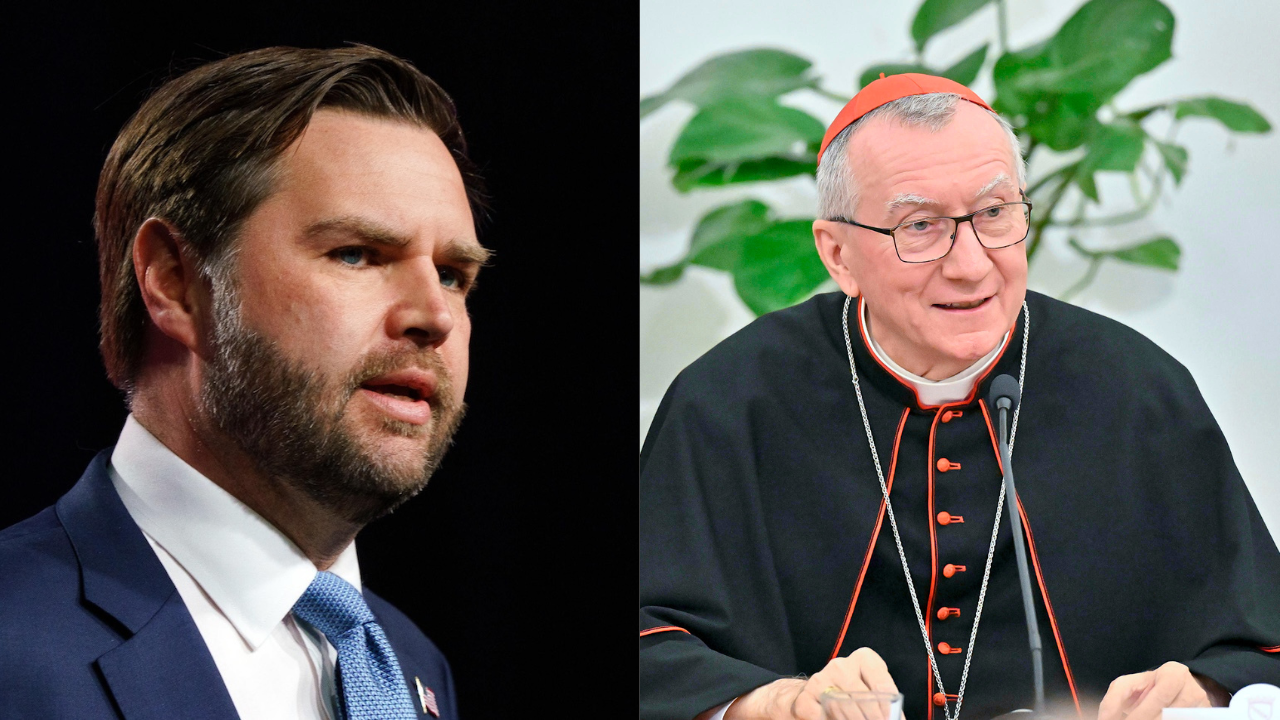Toward the end of the 15th century, a group of artists began to find inspiration in the decorative artwork that was found in ancient grottoes near the Colosseum.
They were unique and varied, depicting nature, geometric figures and even mythological creatures: half human, half animal.
That's how the so-called “grotesque art” of the Renaissance was born.
ALFONSINA RUSSO
Director, Colosseum Archaeological Park
“We know that the first discoverers of these frescoes were from the end of the 15th century and that one of them was Pinturicchio. Then when Raphael arrived in Rome in 1508, he went down into the grottoes through one of the holes here. At least, what looked like grottoes.”
They looked like grottoes, but they were something else entirely: openings on the roof of a huge building. But not just any building. It was Nero's villa, known as his “Golden House,” or “Domus Aurea” in Latin.
This is what it looked like in the 1st century, A.D. The problem is that after Nero's death, his successors performed the so-called “Damnatio memoriae,” or annihilation of his memory.
ALFONSINA RUSSO
Director, Colosseum Archaeological Park
“The emperors after him wanted to destroy everything Nero had built. That's why they built the Colosseum on the 'Stagnum Neronis,' a large lake that sources say was the center of the palace.”
The palace was stripped of its marble sculptures, which were used as material for new buildings. And Trajan took it a step further: he had the Domus Aurea buried and thermal baths built on top. All that was left to salvage was the painted artwork inside the Domus Aurea.
The imperial palace was slowly rediscovered, and now, this exhibition shows just how much of an impact it made on the Renaissance and the world.
In Mexico for instance, in the former convent of St. Michael Archangel, in Ixmiquilpán, very similar decorative painting can be found.
And a close look at the walls reveals how Renaissance artists adapted the drawings from the Roman era.
The exhibition was organized for the 500th anniversary of Raphael's death. But because of the pandemic, it will be open all year. It's an opportunity to discover the fascinating stories behind the great Renaissance artists.
Javier Romero
TR: CT
VM
